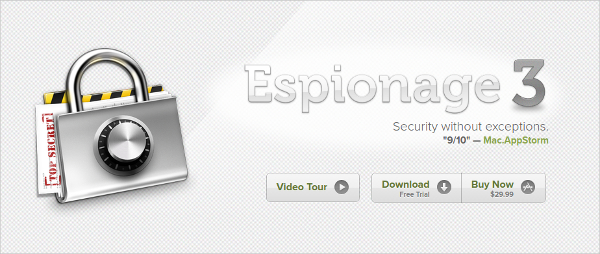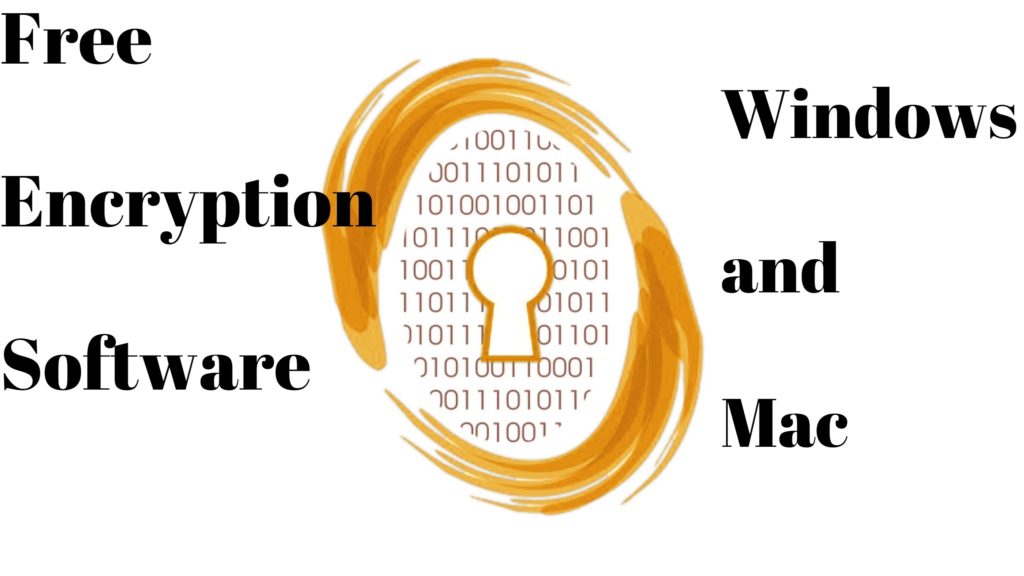

What is the set of features provided by the USB encryption software? This software must give a proper level of functionality that fulfills what the user is looking for (encrypting a USB.) If there is too much functionality (or features) built in the USB encryption software, the attack surface area can drastically increase (an imbalance in security). Functionality Before choosing a USB encryption software, another critical criterion to pay attention to is its functionality.Examples of solid encryption algorithms are AES-256 or AES-1024.

However, encryption strength and the computation to back it have improved over time. Unfortunately, some USB encryption tools still use contemporary algorithms such as SHA-1, MD2, MD4, or DES/3DES that may be easier to crack with ordinary computing resources. So before buying any USB encryption software, you’ll have to know what type of encryption it uses. It scrambles the data, so it becomes unreadable to any human. Security Encryption is the key to ensuring the safety of your USB’s data.This section will introduce the main features you’ll have to consider while looking for the right USB encryption tool. How to Choose The Best USB Encryption Toolīefore choosing any USB encryption software, you must pay attention to several critical criteria. A USB encryption tool is software running on the USB designed to protect your sensitive data from falling into the wrong hands. What would happen to your data?īelow, we will introduce the ten best USB encryption software tools to help ensure your data’s security. Imagine if you lose your USB or someone decides to access it without your permission.

People usually store more than their music, photos, and videos they also save cryptocurrency, client deliverables, travel documents, financial documents, etc. I've used this before, but not lately.The main benefits of USBs are their storage capacity, lightweight, and especially their portability, so you can put them in your pocket and take them wherever you go. It's a utility that works like a zip file utility with a GUI. There is also an app called aescrypt that has a version for Windows and Linux. I generally use VeraCrypt myself, especially for containers that I want to open on other platforms (including iOS - there is an app called Disk Decipher that can open VeraCrypt containers.) See and (the second article is old but the concept remains the same and it explains it well.) When you open the container, it attaches like an external disk - you can copy files to it, and then eject it when you are done using it. You can create encrypted containers that act like disks, but the issue with these is that they are MacOS only - you cannot open them in iOS, Windows, etc.

First of all, MacOS has a built-in encryption engine in the Disk Utility app.


 0 kommentar(er)
0 kommentar(er)
